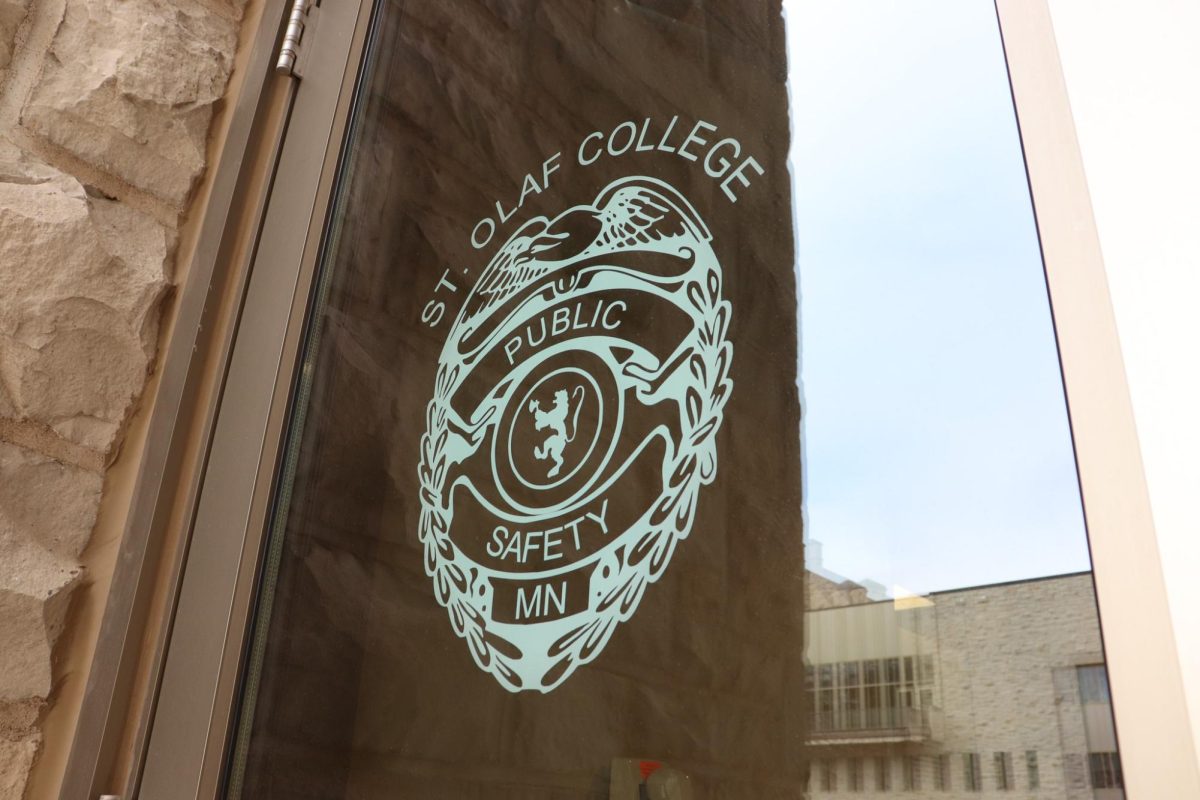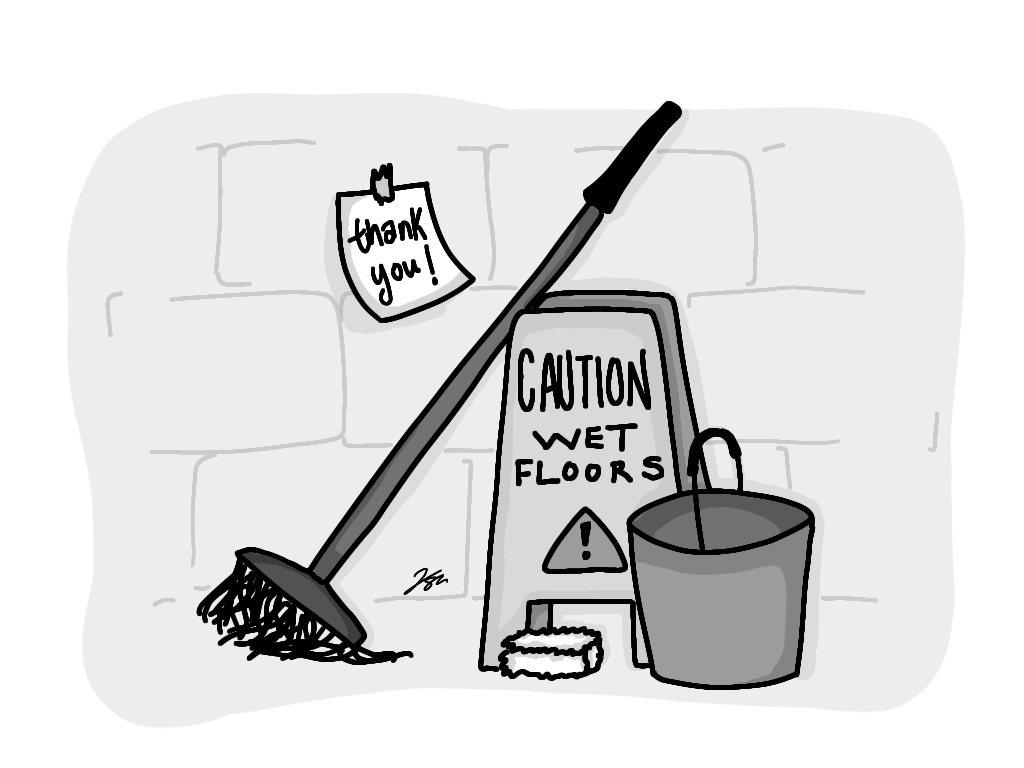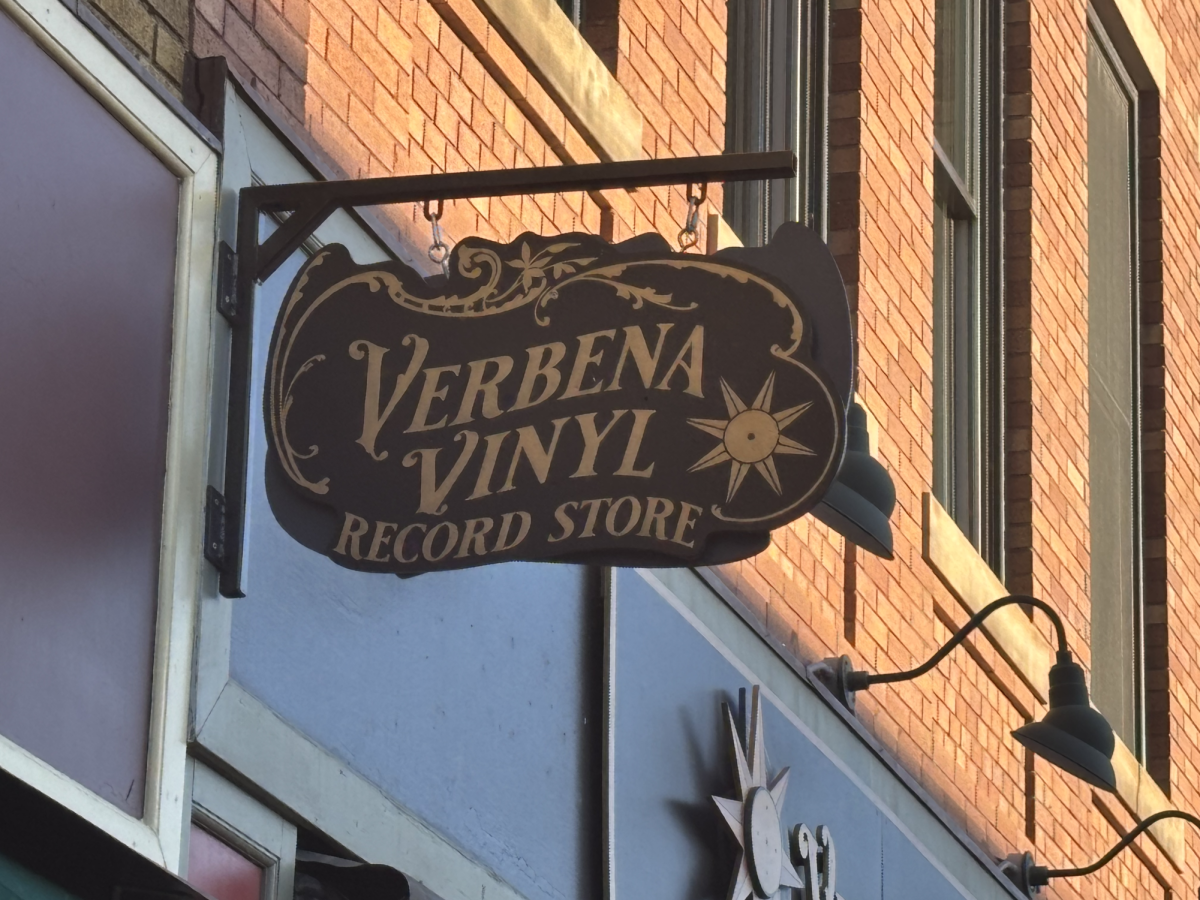Fifteen miles south of Minneapolis, just off of I-35, is the Burnsville Mall. As unassuming as the city it serves, the mall is a collection of retail stores, restaurants, and entertainment. Resting in the shadow of the Mall of America, juxtaposed to its thriving and expansive statue, the Burnsville Mall sits on its deathbed.
On its exterior, the mall appears somewhat modern, featuring popular chain restaurants and department stores like Noodles and Co, Panera Bread, and Dick’s Sporting Goods. But as you enter the mall through one of these stores and make your way towards the center of the capacious three story building, you begin to travel back in time. The floor becomes an array of pastel colored tiles, interspersed with faded white pillars—the smell of pretzels aromates the entirety of the dimly lit space. Half the stores are closed, the other half are closing.
The decline of the Burnsville Mall and other malls like it is neither new nor bemusing. For the past decade, malls of all sizes have struggled to stay busy, losing out in competition to online retail giants like Amazon. The pandemic has only intensified their struggle—stores operating inside a mall were unable to offer the same curbside pickup and delivery methods that kept most businesses alive during times of stricter lockdown.
Many of the larger retail stores inside the mall have packed up and left, falling back on their online sales to stay afloat. But the smaller, locally owned businesses inside the mall have largely attempted to persevere.

Unlike many mom-and-pop shops and local theatres, malls have made no cry for help to the public. There is no collective effort to save them in the long term, or even keep them alive in the short. With a business model ill-suited for the digital age of shopping, their fate has been sealed. No one knows it more than the mall’s stores themselves.
In the center of the Burnsville Mall is a food court which operates ten or so feet below the ground floor in a dug out space. Restaurants corral a seating area of bright orange tables and chairs. To meet the safety protocols restricting capacity, most of the tables and chairs have been stacked off in a dark corner near the bathrooms. The food court, which at its peak would seat hundreds of people at a time, has been reduced to about ten tables, perfectly proportioned to the few patrons that continue to make the trip inside the mall for an occasional lunch or dinner.

Before stay at home orders turned off the mall’s supply of patrons in March, there were thirteen restaurants open. Now, in November, just six months later, only six of these restaurants are still in business.
I talked to the owners and workers at a few of the restaurants, and asked how it felt to see so many of their long time neighbors go out of business in such a short time span. The first man I talked to, Aayan, worked at Philly Steak Grill. Aayan, an older gentleman, probably in his 60s, wasn’t surprised at how slow business has been, but reminisced about a time when the mall was in its golden age.
“I haven’t worked here long. Not long. 14 years. But before now, times ago, lines as far as you could see. All the way back. We were always busy,” Aayan said. “But now, every year is worse than the last. It will not get better. I don’t know if I’ll be here much longer.”
After Aayan finished making me my cheese steak, which I bought in an agreement allowing me to interview him, he told me to talk to his nephew who worked across the food court at a mediterranean restaurant. The restaurant, accurately named Greek Place, was as busy as you’d expect for its closing hour on a Sunday afternoon.
I talked to Aayan’s nephew, Amer, who started working at Greek Place four years ago to help out his grandpa, the owner of the restaurant. I asked specifically about his relationships with the people who work at the different establishments around the food court.

“They are all family run, each of the places left, except for Sbarro. At this point, the owners are all out front working, they can’t afford to hire people. You get to know everyone, some more than others,” Amer said. “Kobe’s, the Japanese restaurant, they’ve been around as long as we have, which is 18 years. And they just closed Tuesday. So it’s tough to see that happen.”
I asked him if the food court has felt like a sort of family after all these years.
“It very much feels like a family. That man over there is my uncle. My grandpa, he works in the kitchen. And that man over there,” Amer said, pointing to the phone case kiosk on the second floor. “That man is also my uncle.”
At El Dorado Taqueria, I found my spirits lifted for the first time since entering the mall. It’s a Mexican restaurant staffed by a large family, cheerfully eating together at the end of their shift, ready to close. The owner couldn’t remember exactly how long they’d been in business, but it was well over a decade. He wasn’t sad at the possibility of the restaurant closing. He’d move on to other things, he said, and maybe even open another restaurant. It was clear the gloom from the mall’s lack of patrons was made up for by the happiness of being around his family, which included not only his own adult children, but grandchildren as well. He explained to me that he didn’t blame the restaurants themselves for the lack of business, and that being inside the mall became increasingly difficult now that retail stores—the ones who are tasked with bringing patrons to the mall in the first place—are starting to disappear around them.
For years, my favorite store in this mall has been Kemp’s Ice Cream, which is also in the food court. Their owner is a Chinese immigrant who runs the shop with his wife. It’s one of the busiest stores in the mall, outlasting the many competing corporate ice cream chains operated by an endless rotation of local high school students. With only the owner’s wife working at the time I was there, and it being busy, I decided to just get my typical order of pistachio ice cream and keep the line moving.
Before leaving, I stopped by Sbarro. Perhaps due to its status as the sole national chain in the food court, it seemed to garner a universal animosity amongst the other owners and workers. Kitted with inapposite, bright lights, Sbarro operated at the opposite end of the dining area from the other restaurants. Their cashier didn’t have much to say. He had only been there two months, hired for its reopening, and had no connection to anyone else in the mall. On my way out, I turned, looking back at Greek Place, where Amer was standing at his register watching me with a smirk, his disdain for Sbarro potent like the smell of Cinnabon two floors above us.
If there’s one thing that has always stood out to me about the Burnsville Mall, it’s that when a light fixture goes out, nobody is sent to fix it. It’s simply not worth the cost of repair for whoever owns the building. Because of this, the mall keeps getting darker. Week after week, month after month, the lighting of the mall matches its fading spirit. This will go on until one day, I imagine, the last business will be closed, and the mall will sit in darkness until it is demolished or repurposed. Even if expedited by the pandemic, it will die a natural death, in the same darkness that has been slowly engulfing its businesses from the moment of its decline many years ago.
Most people, understandably, don’t relish small malls like the Burnsville Center the way they used to. There are few reminders of their fleeting existence in our daily routines. But with the pandemic, and the sudden closure of many places I’ve always hoped would last forever, I’ve thought about their demise more often.
Their death in and of itself doesn’t feel as tragic as it does inevitable. After all, not every business is meant to last forever. But the memories I’ve had in malls throughout my life—eating at food courts with my parents as a kid, roaming clothing stores with friends as a teenager—will sadly not be relived in the future.
In the meantime, I’ll continue to enjoy pistachio ice cream from Kemp’s when it’s convenient, and make time to peruse a unique selection of shops knowing they could close at any moment—until the lights go out.











